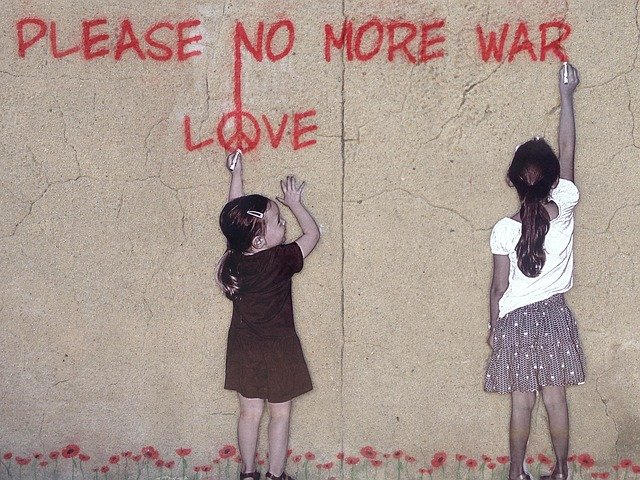Artivism: The Convergence of Art and Social Change
In a world grappling with complex societal issues, a powerful movement has emerged at the intersection of creativity and activism. Artivism, a portmanteau of art and activism, is reshaping how we approach social change, giving voice to marginalized communities and challenging the status quo through artistic expression. This dynamic fusion of aesthetics and advocacy is not only capturing attention but also catalyzing meaningful dialogue and action across the globe.

Defining Artivism in the Modern Context
Today, artivism has evolved into a multifaceted approach to social engagement. It encompasses a wide range of mediums, from street art and installations to digital media and performance art. What sets artivism apart is its intentional use of artistic practices to provoke thought, inspire action, and create tangible change in communities and societies at large.
The Power of Visual Protest
One of the most striking aspects of artivism is its ability to communicate complex ideas through visual means. Street artists like Banksy have become global icons, using their work to comment on issues ranging from consumerism to political corruption. The anonymous artist’s pieces often appear overnight, sparking immediate public discourse and sometimes even influencing policy decisions.
Digital Artivism: A New Frontier
The digital age has opened up new avenues for artivists to reach global audiences. Social media platforms have become virtual galleries where artists can share their work instantaneously, bypassing traditional gatekeepers. Hashtag campaigns and viral challenges have emerged as powerful tools for raising awareness and mobilizing supporters around specific causes.
Performative Artivism and Public Engagement
Performance art has long been a medium for provocative statements, and artivists have embraced its potential for direct public engagement. Groups like the Guerrilla Girls use theatrical tactics to highlight gender and racial inequality in the art world, while individual performers create immersive experiences that challenge audiences to confront uncomfortable truths about society.
The Impact on Policy and Social Norms
While the immediate effects of artivism can be difficult to quantify, its long-term impact on shaping public opinion and influencing policy is becoming increasingly recognized. Artivist projects have been credited with raising awareness about climate change, advocating for LGBTQ+ rights, and challenging systemic racism. In some cases, artivist interventions have led to tangible policy changes and shifts in societal attitudes.
Challenges and Criticisms
Despite its growing influence, artivism faces its share of challenges and criticisms. Some argue that the commercialization of activist art dilutes its message, while others question the effectiveness of artistic interventions in creating lasting change. There’s also the ongoing debate about the line between art and propaganda, with critics accusing some artivists of oversimplifying complex issues.
The Future of Artivism
As global challenges become increasingly complex, the role of artivism in society is likely to expand. Emerging technologies like augmented reality and artificial intelligence are opening up new possibilities for creative expression and engagement. Meanwhile, the growing recognition of artivism in academic and institutional settings suggests a more formalized approach to studying and supporting this powerful form of social commentary.
Conclusion
Artivism stands as a testament to the enduring power of creativity in the face of adversity. By blending artistic expression with social and political activism, artivists are not only challenging the status quo but also offering new visions for a more equitable and just world. As we move forward, the continued evolution of artivism promises to play a crucial role in shaping public discourse and inspiring collective action on the most pressing issues of our time.




